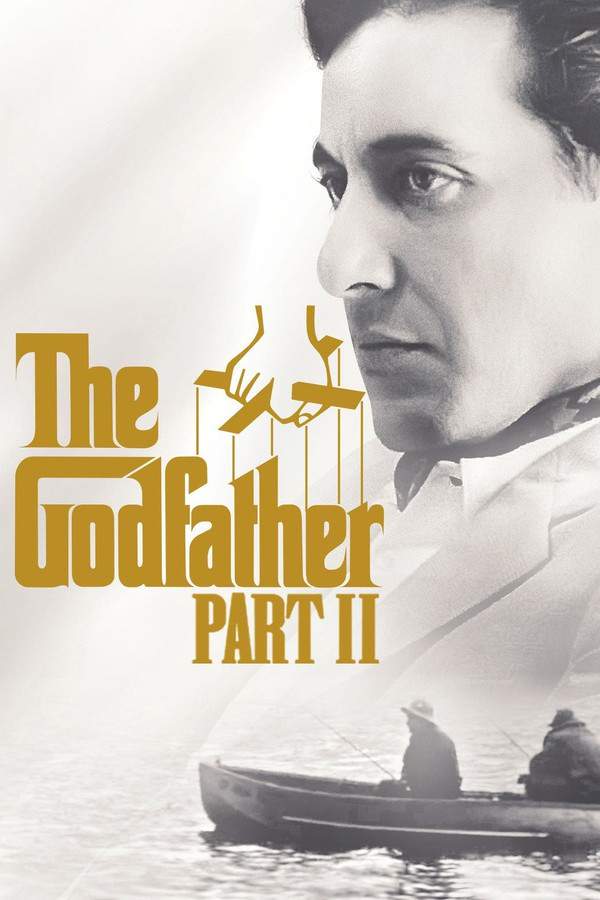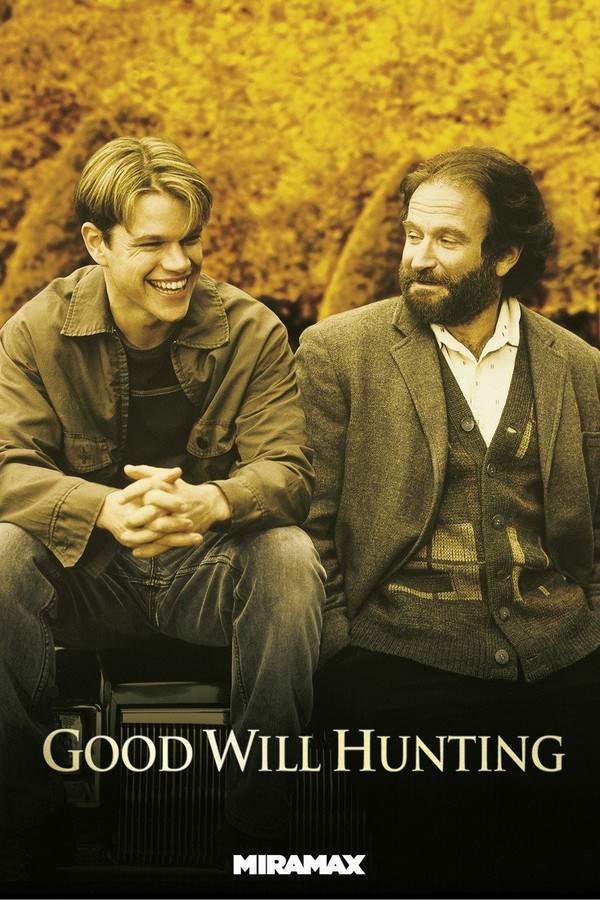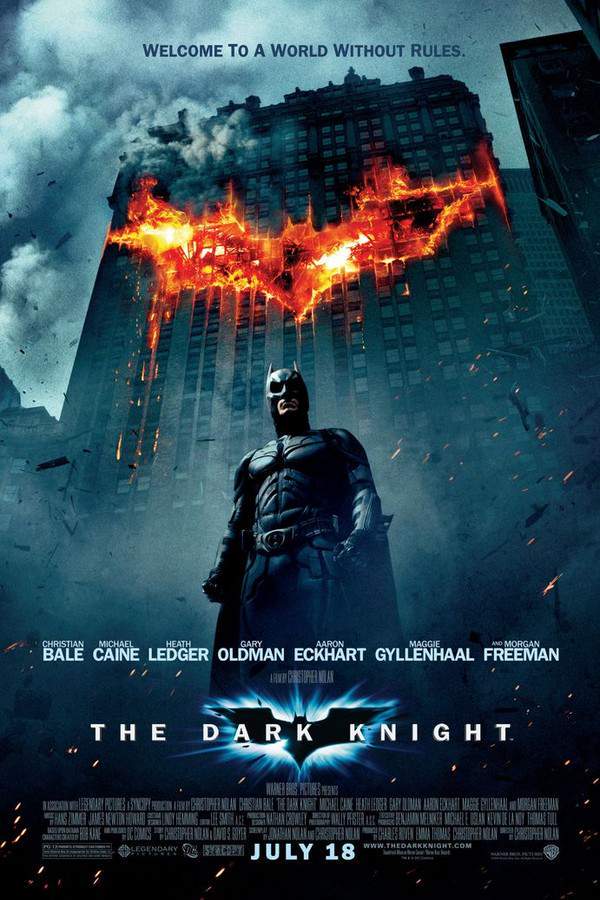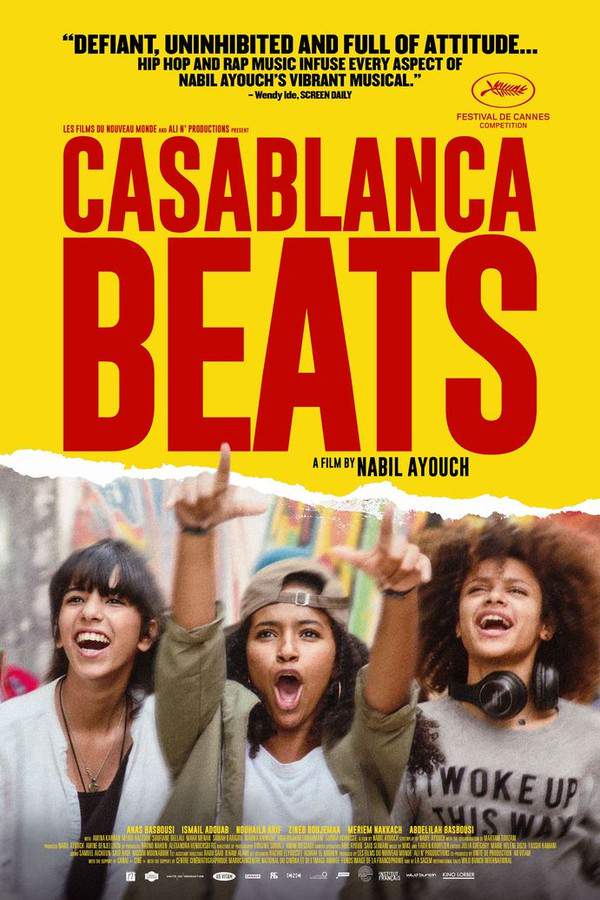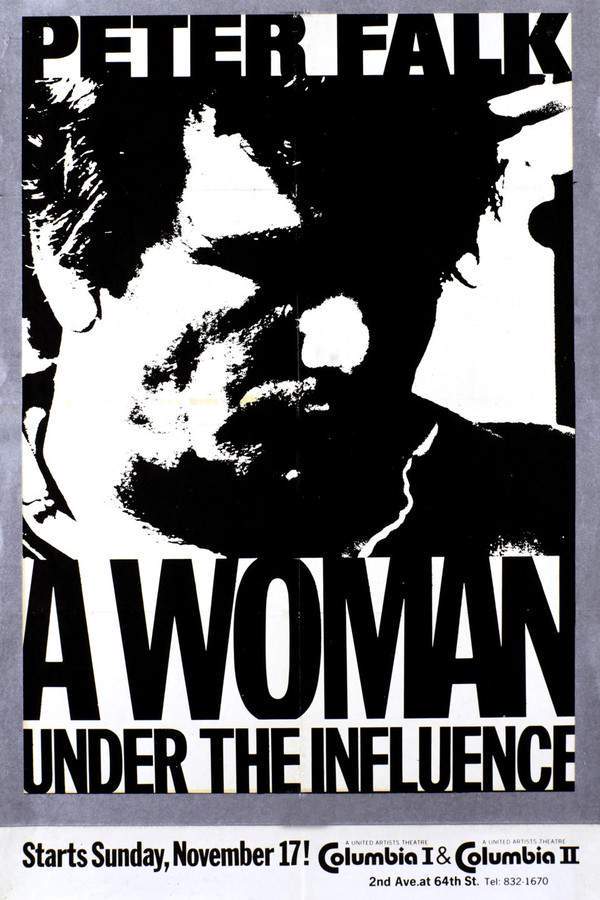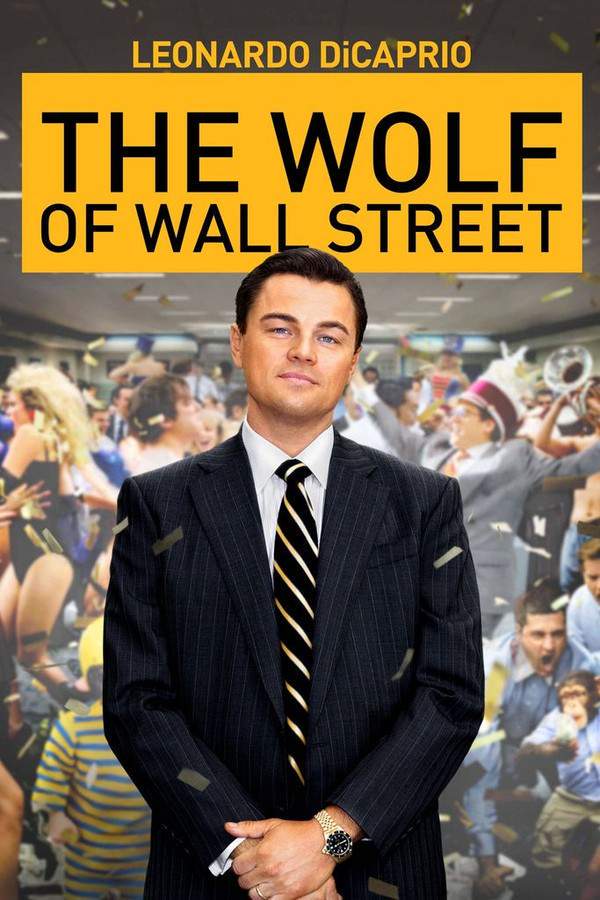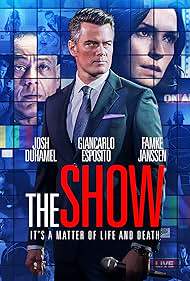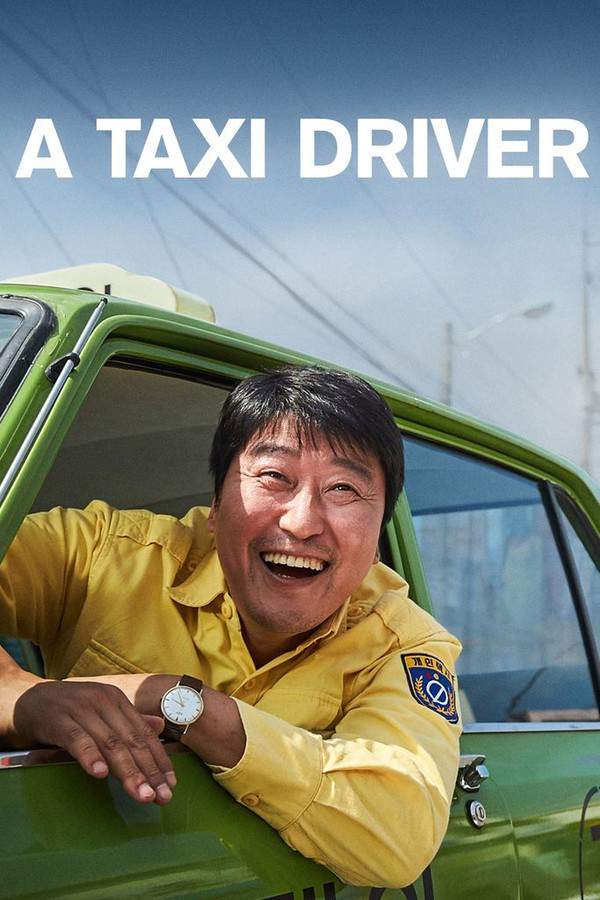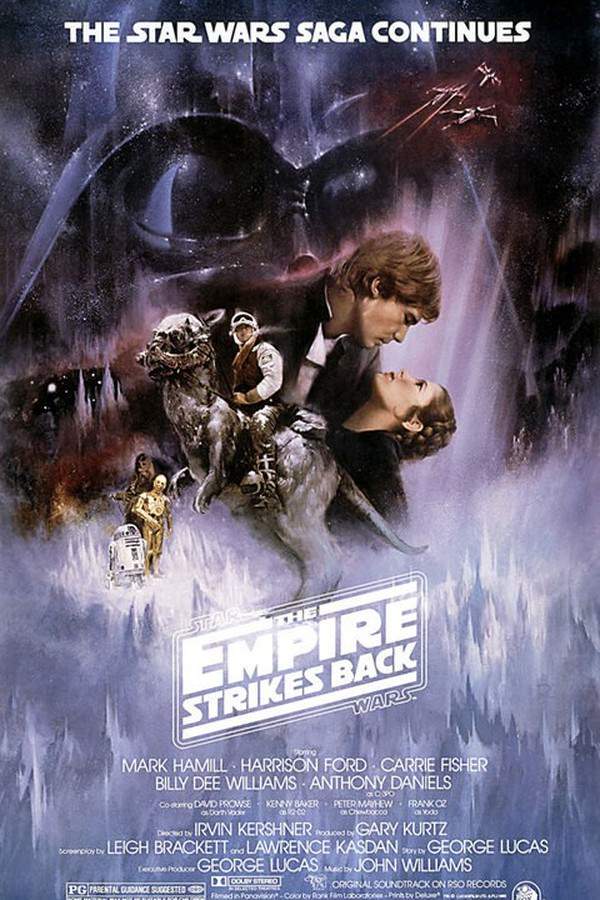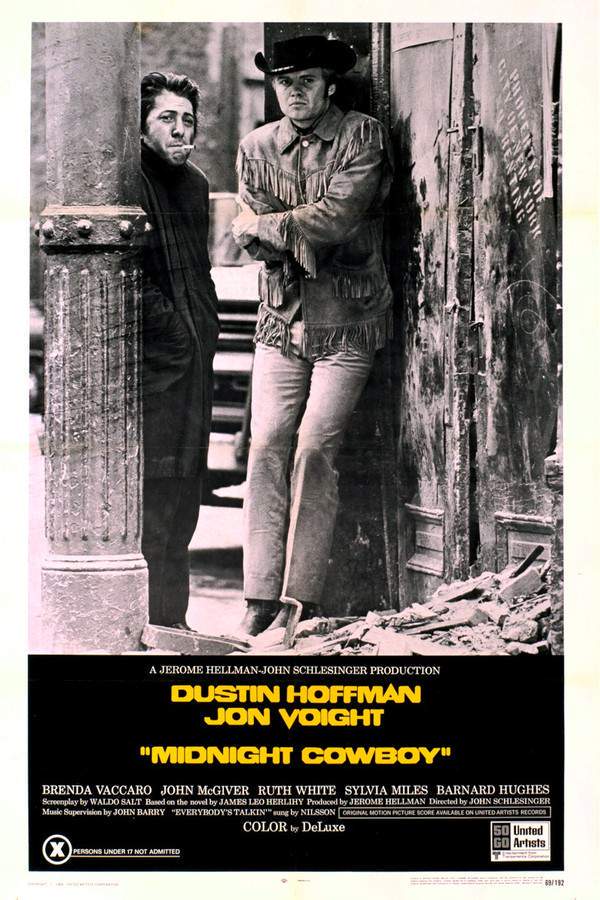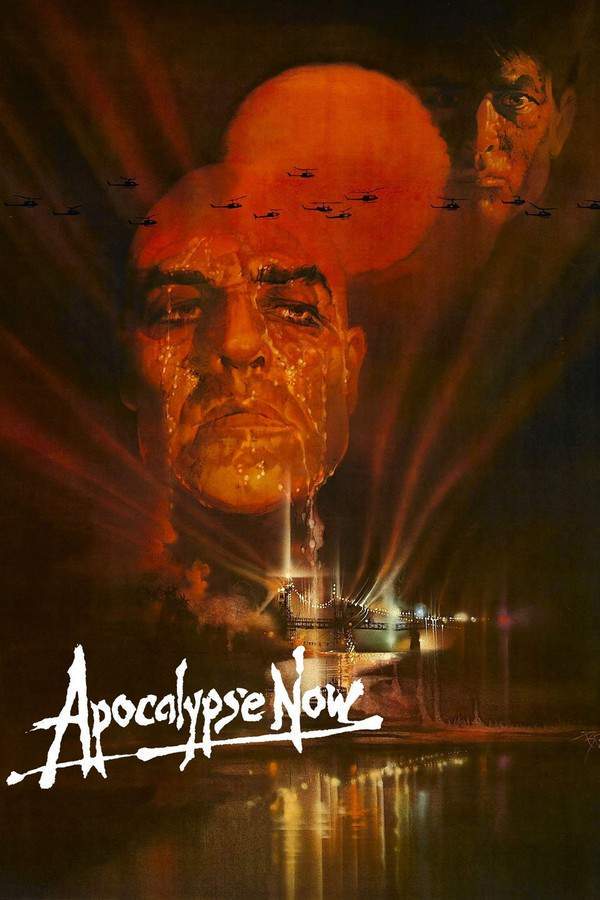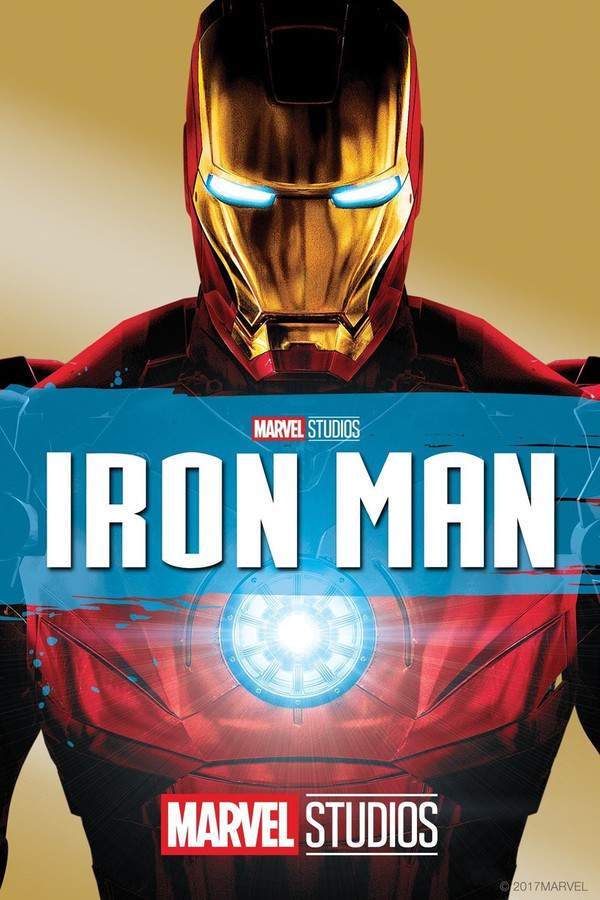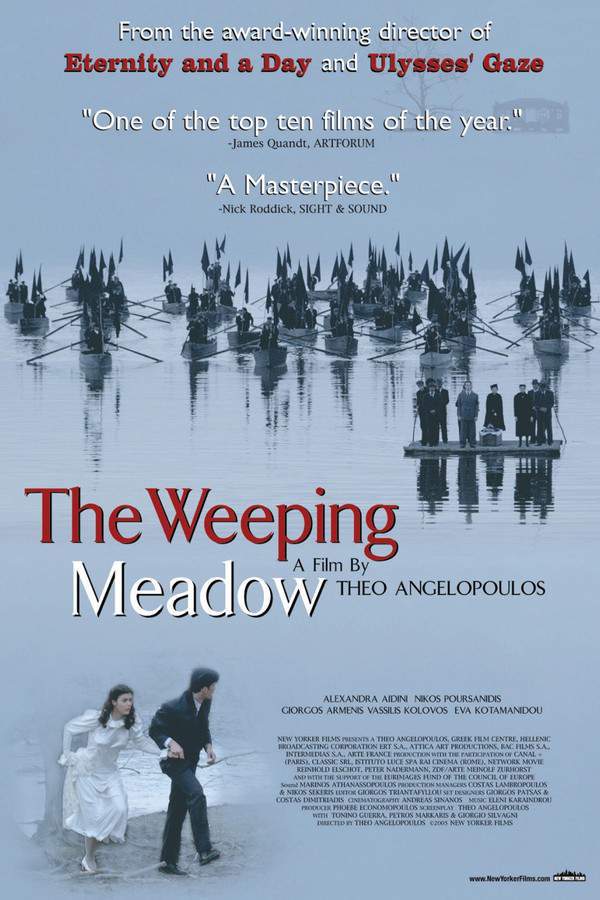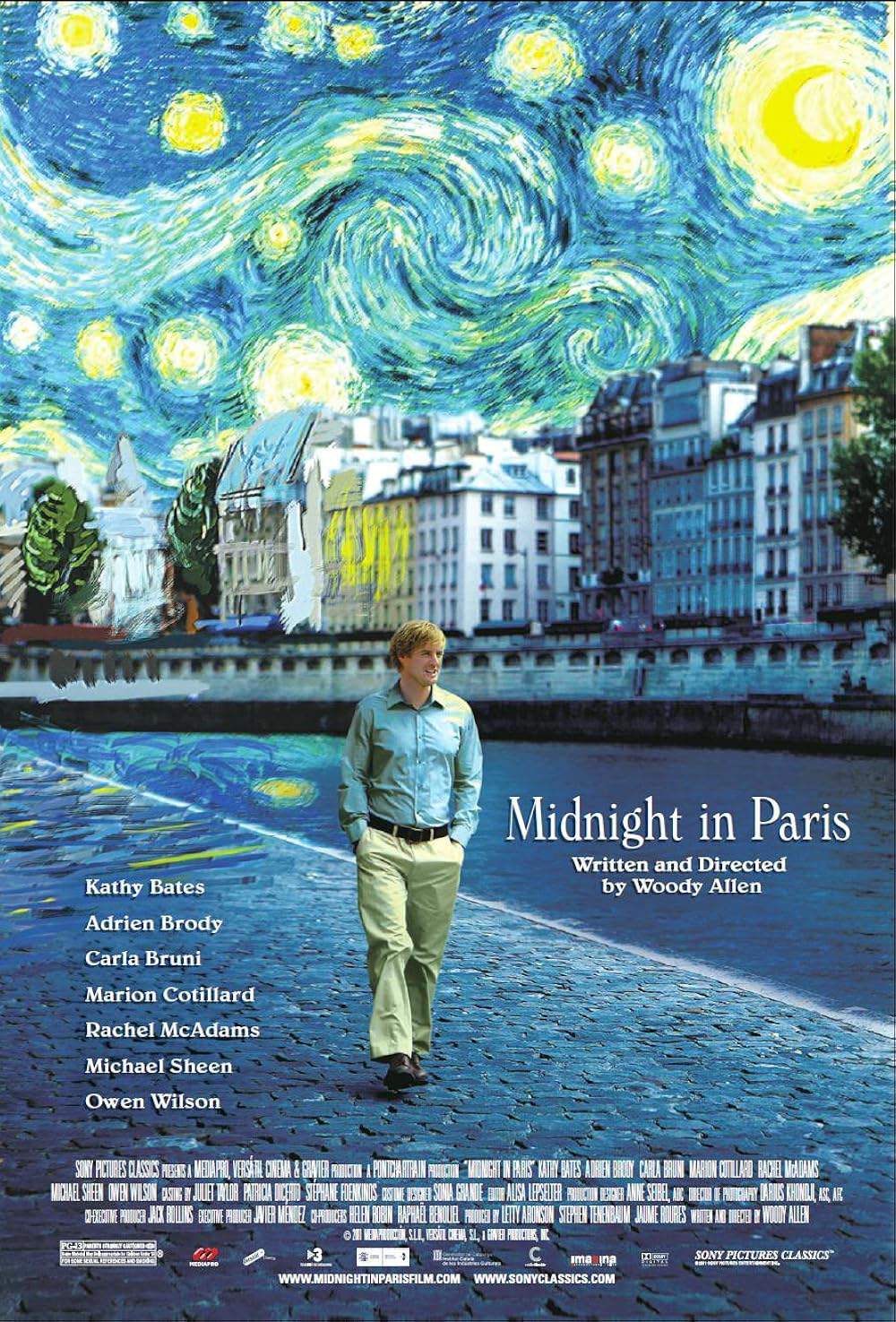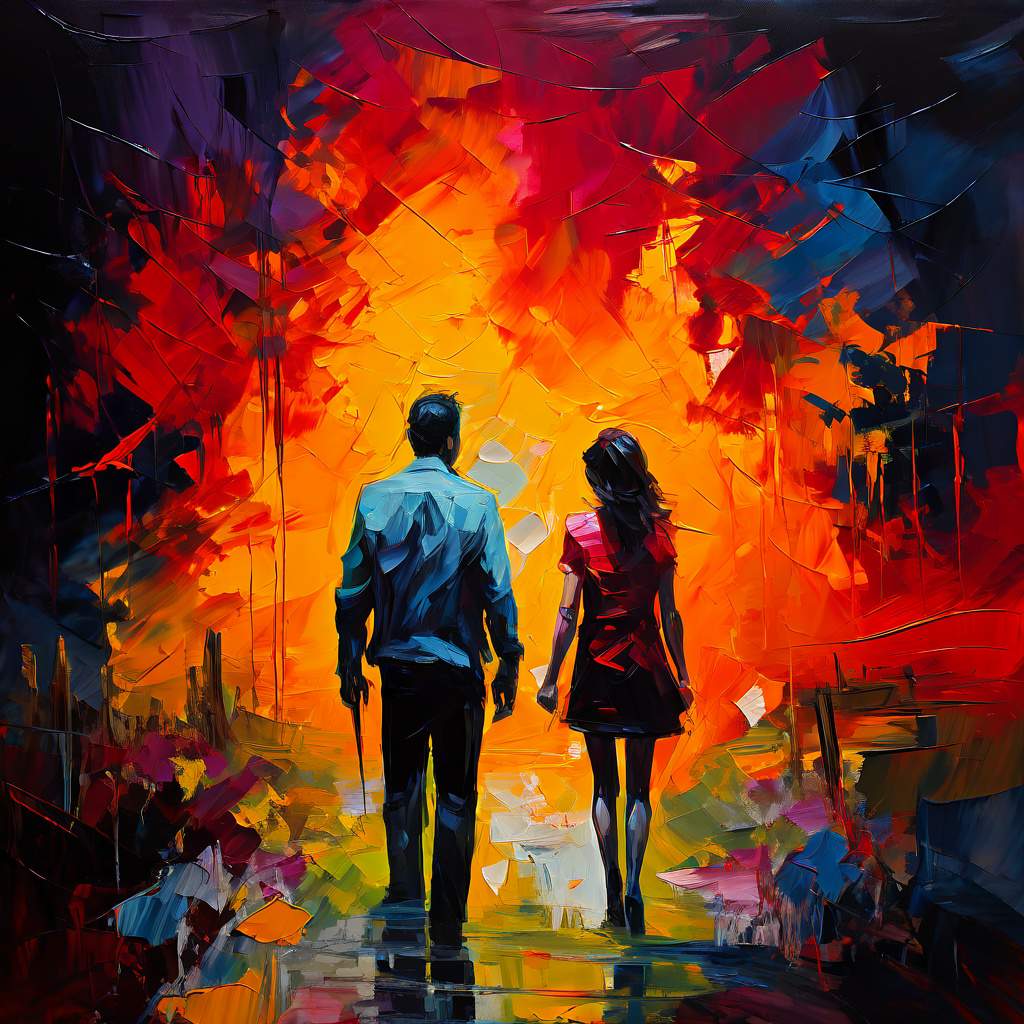What's After the Blog?
Actors • Behind the Scenes
The Impact of Improvisation in Film Acting
Explore the transformative role of improvisation in film acting, its impact on storytelling, and how it shapes memorable and authentic cinematic moments.
August 21, 2024

Movies mentioned in this article
The Impact of Improvisation in Film Acting
Introduction
In the world of film acting, improvisation stands as a powerful tool, often leading to some of the most memorable and authentic moments on screen. Unlike the structured environment of scripted performances, improvisation allows actors to explore and express their characters more freely, often leading to unexpected and impactful outcomes. This technique, though not applicable in every context, has given birth to iconic scenes and dialogues that have etched themselves into the fabric of cinematic history. Films such as The Godfather and Good Will Hunting are notable examples where improvisation added depth and realism to the characters, making the scenes resonate more deeply with the audience. The significance of improvisation in film acting is multifaceted, encompassing not just the performances but also influencing the direction and storytelling of the film itself. As a platform that offers in-depth insights into films, ATM (What’s After the Movie) recognizes the pivotal role of improvisation in shaping some of the most memorable moments in cinema.
What is Improvisation in Film Acting?
Improvisation in film acting refers to the spontaneous, unscripted performance by actors, where dialogue and actions are created in the moment rather than pre-determined by a script. This technique allows actors to bring a sense of authenticity and immediacy to their characters, often leading to more natural and compelling performances. Improvisation can range from subtle additions to dialogue to significant deviations from the script, depending on the actors’ creativity and the director’s vision.
The effectiveness of improvisation can be seen in films like The Dark Knight, where Heath Ledger’s portrayal of the Joker included several improvised moments that added to the menacing and unpredictable nature of the character. Similarly, in Casablanca, some of the most famous lines were a result of improvisation, contributing to the film’s enduring appeal.
The key to successful improvisation lies in the actors’ deep understanding of their characters and the story. It requires a level of skill and intuition to not only create dialogue and actions that feel genuine but also align with the overall narrative of the film. While improvisation can lead to powerful and authentic performances, it also carries the risk of disrupting the flow of the story if not done judiciously. Therefore, it is often used selectively, providing actors with moments to truly embody their characters and add their unique touch to the film.
Historical Context of Improvisation in Cinema
The use of improvisation in cinema has a rich and varied history, dating back to the early days of film. In the silent film era, improvisation was often a necessity due to the lack of synchronized sound, allowing actors to express emotions and actions more freely. As cinema evolved into the talkies, improvisation took a backseat, with a greater emphasis placed on scripted dialogue. However, the art of improvisation saw a resurgence in the mid-20th century, particularly within the realm of method acting and the rise of auteur directors who encouraged more naturalistic performances. Filmmakers like John Cassavetes and Robert Altman are renowned for their improvisational style, giving actors the freedom to explore their characters deeply and contribute to the narrative in a more organic way. This approach led to films like A Woman Under the Influence and Nashville, which are celebrated for their authentic and emotionally resonant performances.
In contemporary cinema, improvisation is recognized as a valuable tool for actors and directors alike. It is used to bring a sense of realism and spontaneity to scenes, making them more relatable and engaging. Directors like Martin Scorsese and Christopher Guest are known for encouraging improvisation in their films, resulting in performances that are both dynamic and memorable. Films such as The Wolf of Wall Street and Best in Show showcase the effective use of improvisation to enhance comedic and dramatic impact, creating moments that feel genuinely spontaneous and true to life.
”How Does Improvisation Enhance a Performance?”
Improvisation can significantly enhance a film performance by injecting spontaneity and authenticity into a scene. When actors improvise, they tap into their instincts and emotional responses, leading to actions and dialogues that are more natural and believable. This spontaneity can bring a freshness to the scene, as the actors are in the moment, reacting to each other in real-time, which can often lead to more compelling and engaging performances.
Improvisation also allows actors to explore their characters more deeply. By stepping beyond the confines of the script, actors have the opportunity to delve into the nuances of their characters, bringing out subtleties that may not have been initially apparent in the written dialogue. This exploration can reveal new facets of the character and the story, adding layers of depth and complexity to the film.
Furthermore, improvisation can lead to the creation of memorable and iconic moments in cinema. Sometimes, the most impactful lines and scenes in a film are a result of improvisation. For example, the famous line “Here’s looking at you, kid” in Casablanca was reportedly improvised by Humphrey Bogart, and it has since become one of the most iconic lines in film history. Similarly, Robert De Niro’s “You talkin’ to me?” monologue in Taxi Driver was largely improvised, creating one of the most memorable scenes in the film.
In essence, improvisation in film acting is a powerful tool that can bring authenticity, depth, and memorability to a performance, elevating the film experience for both the actors and the audience.
Famous Improvised Scenes and Their Effect
Some of the most iconic scenes in film history were born out of improvisation, leaving an indelible mark on cinema. These moments, often unplanned, have become defining points of their respective films, showcasing the profound impact of improvisation. In The Empire Strikes Back, Harrison Ford’s improvised response “I know” to Princess Leia’s declaration of love added depth and authenticity to Han Solo’s character, making it one of the most memorable lines in the Star Wars saga. Another notable instance is in Jaws, where Roy Scheider’s improvised line “You’re gonna need a bigger boat” perfectly captured the shock and awe of the scene, becoming a classic quote that transcended the film itself.
Improvisation can also lead to profound emotional moments, as seen in Good Will Hunting. Robin Williams’ improvised lines about his wife’s idiosyncrasies added a layer of authenticity and emotion to his character, contributing to the film’s emotional depth. In Midnight Cowboy, Dustin Hoffman’s improvised “I’m walkin’ here!” scene not only became an iconic piece of film dialogue but also epitomized the character’s grit and resilience.
These examples demonstrate that improvised moments can elevate a scene from good to unforgettable. They can provide authenticity, humor, and emotional resonance, enriching the narrative and leaving a lasting impression on the audience.
The Director’s Role in Facilitating Improvisation
The director plays a crucial role in facilitating and harnessing the power of improvisation in film. Successful improvisation often depends on the environment created on set and the freedom the director gives to the actors. Directors like Martin Scorsese and Christopher Nolan are known for creating a collaborative atmosphere that encourages actors to explore their characters and contribute to the scene. For example, Scorsese’s direction in The Wolf of Wall Street allowed Leonardo DiCaprio and Jonah Hill to improvise, leading to some of the film’s most dynamic and humorous moments.
However, the use of improvisation must be balanced with the overall vision and structure of the film. The director must ensure that these moments fit within the narrative and tone of the movie. For instance, in The Dark Knight, Christopher Nolan allowed Heath Ledger to experiment with the Joker’s character, resulting in a performance that was both unpredictable and perfectly in tune with the film’s dark, chaotic atmosphere.
The director’s ability to recognize when to allow improvisation and when to stick to the script is critical. It requires a deep understanding of the story, the characters, and the actors’ capabilities. When done effectively, it can lead to a more dynamic and compelling film, showcasing the director’s skill in guiding the creative process while still leaving room for spontaneity and artistic expression.
”Can Improvisation Change the Direction of a Film?”
Improvisation in film acting can indeed have a transformative impact, sometimes even altering the direction or tone of a film. This change can occur when an actor’s spontaneous performance reveals a new aspect of a character or story, prompting a shift in the narrative’s development. For instance, in Apocalypse Now, Marlon Brando’s improvisation brought a deeper complexity to his character, Colonel Kurtz, significantly impacting the film’s direction and thematic focus. The improvised dialogue and scenes not only enhanced the character’s mystique but also deepened the film’s exploration of madness and morality in war.
Similarly, in Iron Man, Robert Downey Jr.’s improvisational style added layers of humor and charisma to Tony Stark, setting a tone that would define the Marvel Cinematic Universe. His ability to improvise brought a unique energy to the character, making him relatable and engaging, and significantly influencing the film’s approach to superhero storytelling.
These examples illustrate that while improvisation can be a gamble, it can also be a catalyst for creative evolution, pushing a film into uncharted territories and enriching its narrative and emotional depth.
Challenges and Risks of Improvisation
While improvisation can enhance a film, it also comes with its challenges and risks. One significant challenge is maintaining the story’s coherence and continuity. Improvised scenes must align with the overall narrative and character arcs, ensuring that they contribute meaningfully to the film’s story. Directors and editors often face the task of seamlessly integrating these moments without disrupting the film’s flow.
Another risk involves balancing the screen time and contributions of different actors. Improvisation can sometimes lead to one actor dominating a scene, potentially overshadowing others and upsetting the narrative balance. This requires careful direction and editing to ensure that each character’s contribution is valued and visible.
Furthermore, improvisation can be unpredictable, and not all actors are comfortable or skilled in this technique. It requires a high level of spontaneity, creativity, and an intimate understanding of the character. Actors who are not adept at improvisation may struggle, potentially leading to inconsistent performances.
Despite these challenges, the potential rewards of improvisation – authenticity, spontaneity, and emotional depth – make it a valuable tool in film acting. When managed effectively, it can bring out the best in actors and elevate a film to new heights of artistic achievement.
The Art of Balancing Improvisation with Scripted Material
Striking the right balance between improvisation and scripted material is crucial in filmmaking. This delicate equilibrium allows a film to benefit from the authenticity and spontaneity of improvisation while maintaining the integrity of the scripted story. Directors and actors must work collaboratively to find this balance, ensuring that improvisational moments serve the story and characters without derailing the original script. In films like The Before Trilogy, directed by Richard Linklater, the blend of scripted and improvised dialogue creates a naturalistic and intimate portrayal of the characters’ relationships. The improvisation adds depth and realism, making the conversations feel genuine, while the script provides a solid narrative structure.
The process often involves allowing actors the freedom to explore their characters during rehearsals or on set, with the director guiding them to stay within the boundaries of the character’s arc and the film’s overall theme. Successful improvisation requires actors who are not only skilled in the craft but also deeply understand their characters’ motivations and the story’s context. Films like Annie Hall and Midnight in Paris, both directed by Woody Allen, exemplify the effectiveness of this approach, where the improvised elements add a unique charm and wit, enhancing the script’s strengths.
The Future of Improvisation in Cinema
Looking to the future, improvisation is likely to continue being an integral part of film acting, evolving with changing cinematic styles and technologies. The increasing popularity of independent and auteur-driven films provides fertile ground for improvisational techniques, as these settings often allow for more creative freedom and experimentation. Additionally, the rise of digital filmmaking and streaming platforms offers new opportunities for films that prioritize naturalistic performances and character-driven narratives, where improvisation can play a significant role.
Emerging technologies like virtual reality and interactive cinema could also open up new avenues for improvisational acting. These platforms, by their interactive nature, could allow actors more space to improvise, responding in real-time to audience choices or feedback. As the landscape of cinema continues to evolve, the art of improvisation will adapt, potentially leading to innovative storytelling methods that further blur the line between scripted and spontaneous performance.
In conclusion, improvisation in film acting, when skillfully applied, is a potent tool that can bring unparalleled authenticity and vitality to a performance. Its future in cinema is not just promising but also indicative of an evolving art form that values spontaneity, creativity, and the human element in storytelling.
Continue reading

What's After the Movie?
Not sure whether to stay after the credits? Find out!
Explore Our Movie Platform
New Movie Releases (2026)
Famous Movie Actors
Top Film Production Studios
Movie Plot Summaries & Endings
Major Movie Awards & Winners
Best Concert Films & Music Documentaries
Movie Collections and Curated Lists
© 2026 What's After the Movie. All rights reserved.

